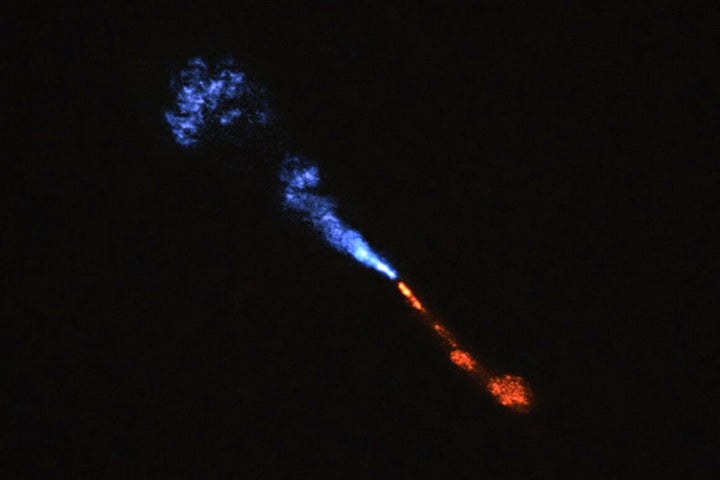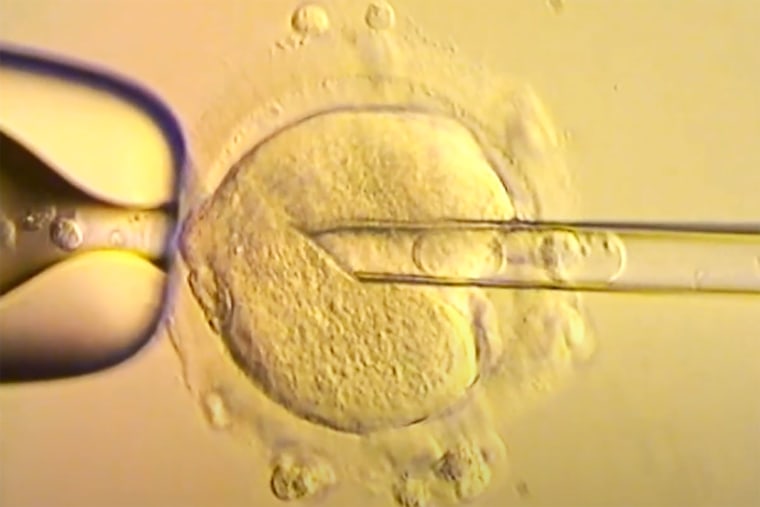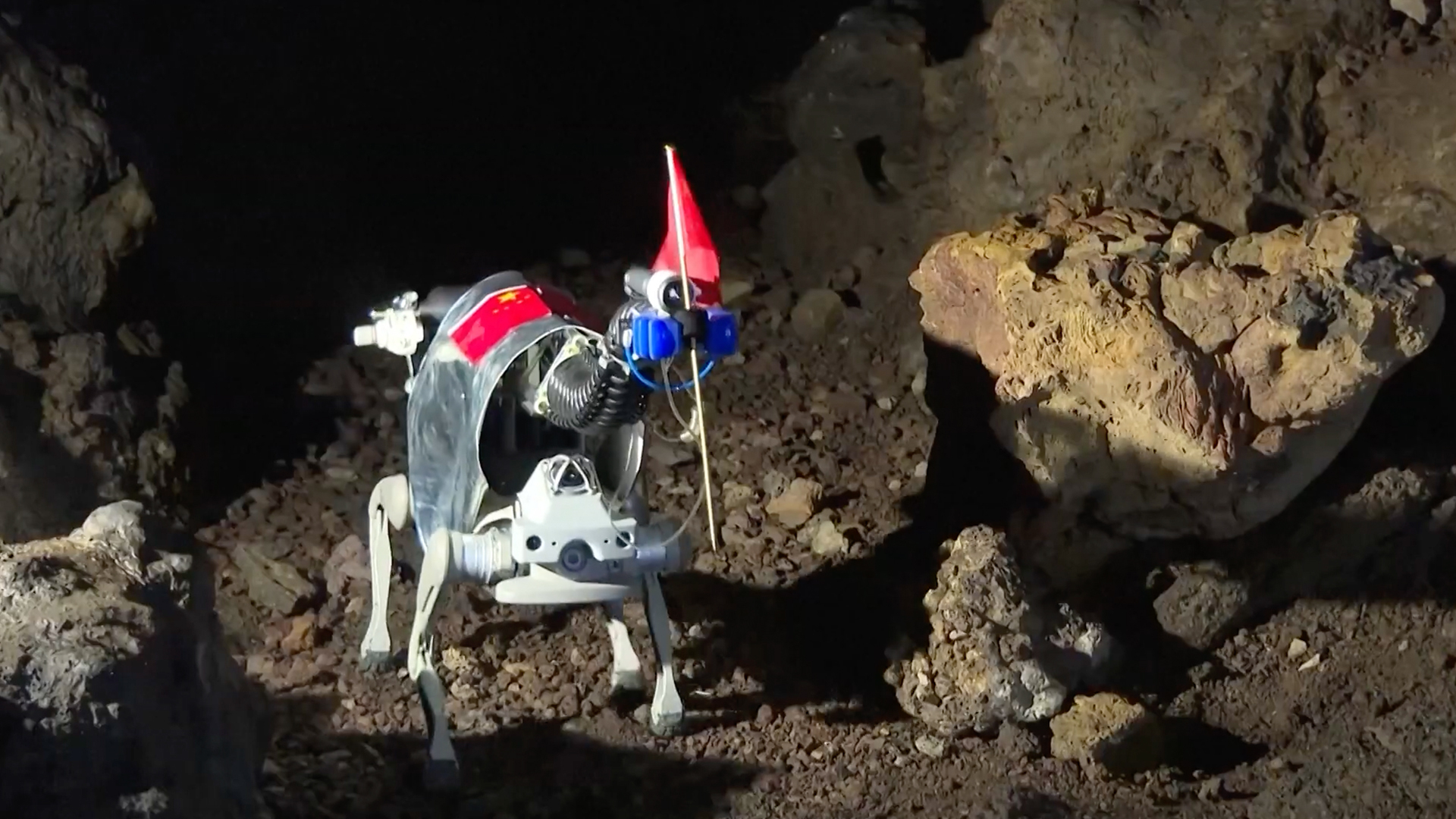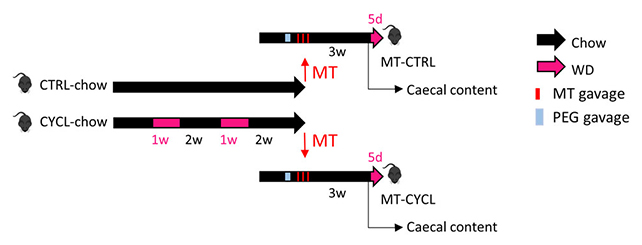A recently captured image of a densely populated star cluster confirmed that stars are born in groups of three, four, and five, which aligns with the widely accepted belief in the scientific community. Using the Atacama Large Millimeter/submillimeter Array (ALMA) in Chile, astronomers observed 30 large star-forming regions between 2016 and 2019, revealing that a protocluster named G333.23-0.06 is giving birth to multiple star systems including four binaries, a triplet, a quadruple, and a quintuple system. These findings were published in the journal Nature Astronomy on Jan. 15 and support long-held star formation models.
The study’s co-author Henrik Beuther of the Max Planck Institute for Astronomy (MPIA) in Germany expressed excitement over the detailed examination of the diverse array of multiple star systems in a massive star formation region. Observational evidence for such multiple star births has been challenging to obtain due to the dust-rich nature of stellar nurseries, making imaging difficult. However, the ALMA observations provided evidence for a specific scenario for high-mass star formation. Prior to these results, isolated multiple star systems had been observed within clusters but not to the extent predicted by simulations.
The ALMA effectively used 66 radio antennas as one large radio telescope to capture images of the newly discovered stellar cluster, which spans a size of 0.62 by 0.78 light-years. The visibility through the dusty clouds allowed astronomers to examine the cluster in detail. While the early results on G333.23-0.06 do not provide much insight into the behavior of its stellar residents, it is known that the orbits and evolution of stars in densely packed environments are influenced by gravitational interactions with their celestial neighbors. Furthermore, multiple-star systems are known to support planets, including those in potentially habitable zones.
The ALMA images also indicated that the young stars in G333.23-0.06 lack disks of dust and gas around them, suggesting that they are forming through a hierarchical process known as “core fragmentation.” This process involves large gas clouds contracting into dense cores, within which smaller regions collapse into groups of stars. Some stars formed in this way may become significantly more massive than the sun.
Lead author Shanghuo Li from MPIA stated that their observations indicate that the formation of multiple stars occurs early in the collapsing cloud, but further analyses of approximately 50 other star clusters are needed to confirm this. These analyses will provide answers regarding the early stages of multiple star formation.















